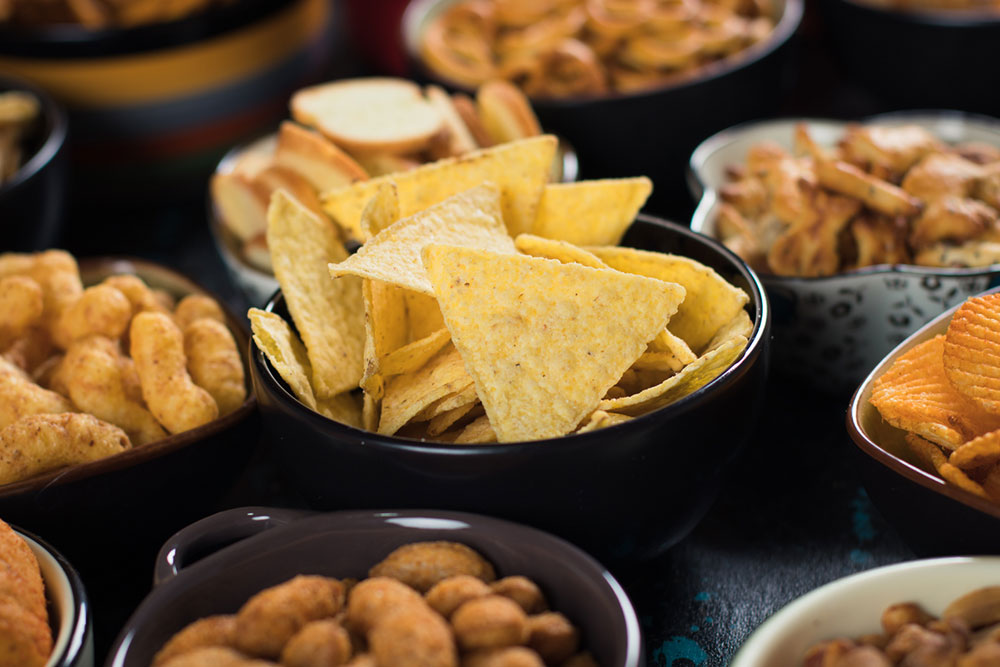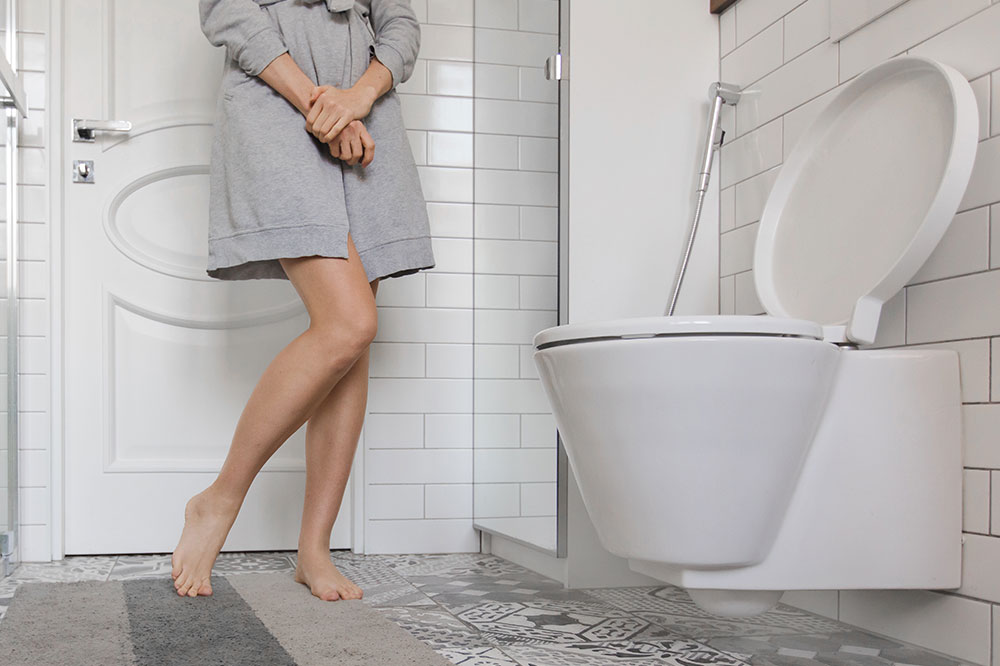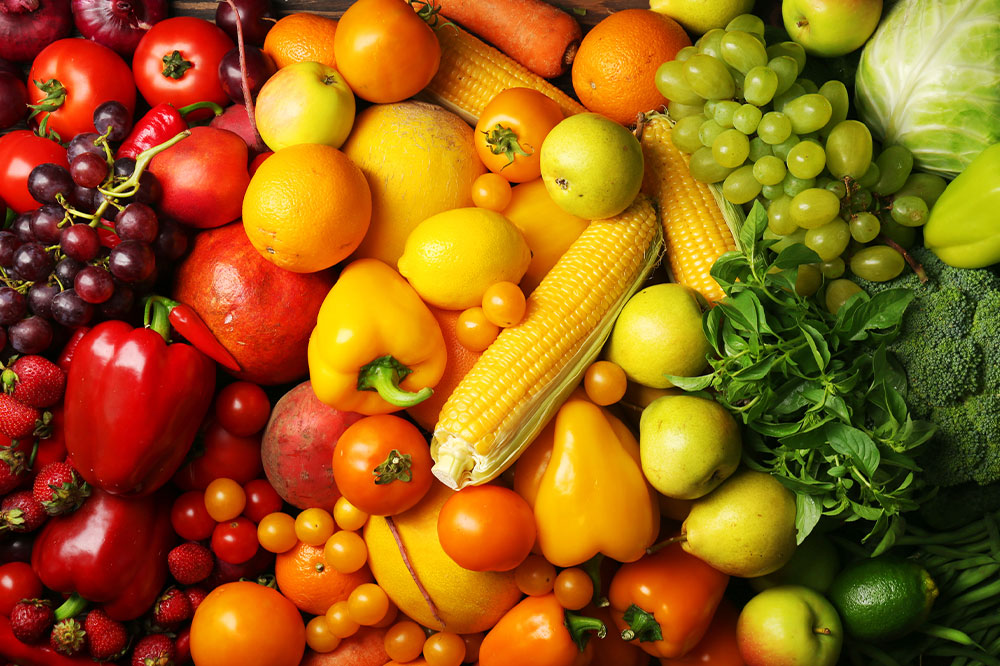Common foods that can cause and reduce water retention

Water retention is a common issue characterized by the excessive accumulation of fluid in the body’s tissues. This can lead to swelling, discomfort, puffy face, swollen eyelids, and bloating. Various factors can cause water retention, including hormonal changes, ongoing treatments, and certain medical conditions; however, food also plays a significant role. So, here are a few common foods that can cause water retention and those that help manage the issue:
Foods that cause water retention
Salty snacks
One of the most significant contributors to water retention is the intake of high-sodium or salty foods. Sodium is an essential mineral that helps maintain fluid balance in the body. However, an excess of sodium can increase water retention. This is because the body retains water to dilute the excess sodium, leading to swelling and bloating. So, salty snacks like potato chips, nachos, burgers, pizzas, pickles, and instant noodles are notorious for their high sodium content and should be limited to reduce fluid retention.
Caffeine
Caffeine, usually found in coffee and some energy drinks, acts as a diuretic, causing an increase in urine production. This disrupts the balance of fluids within the body and leads to swelling. So, one should avoid or limit the intake of caffeinated beverages when experiencing fluid retention.







